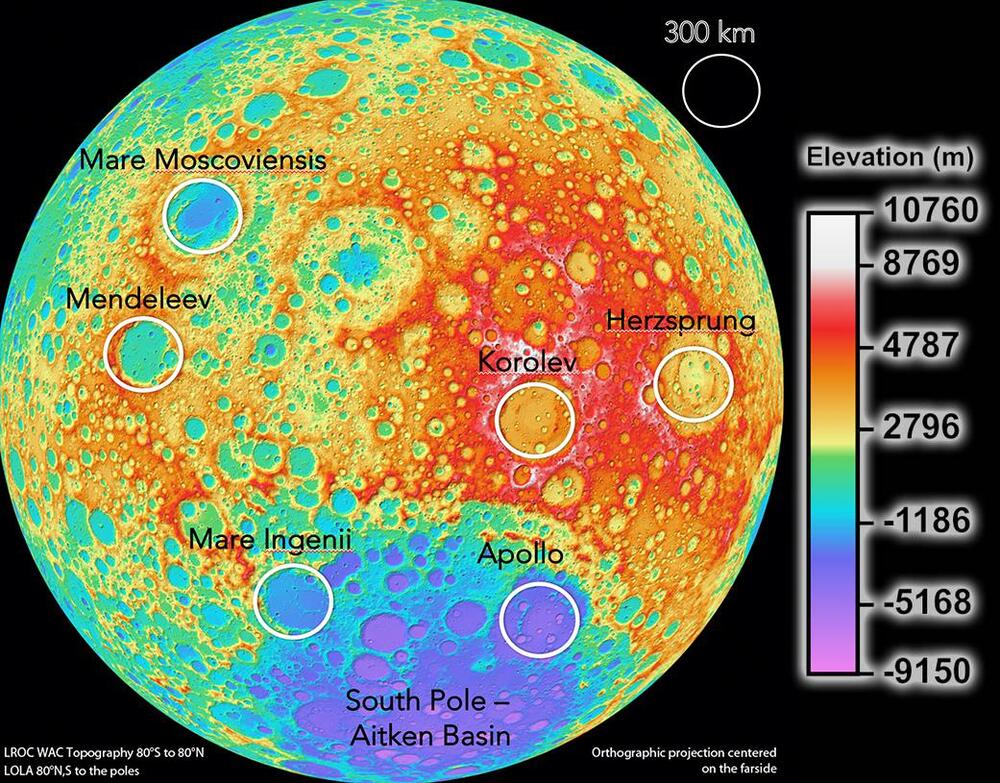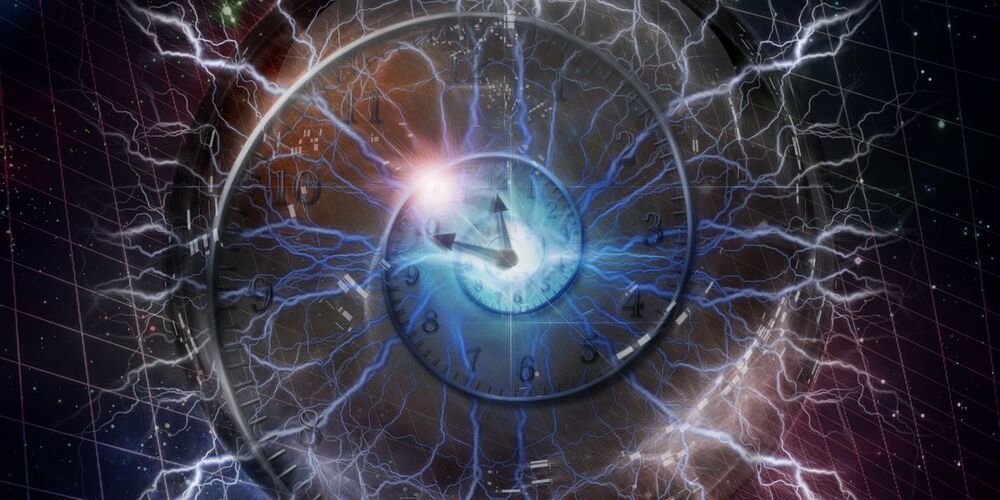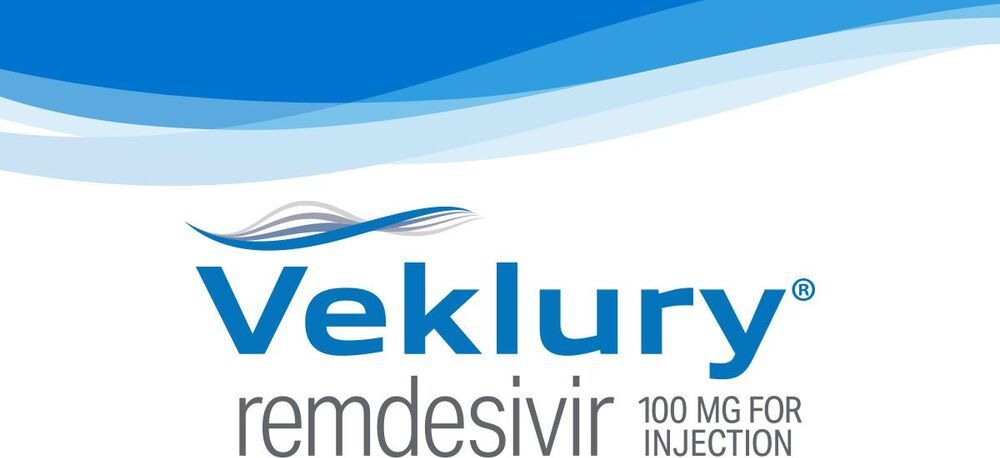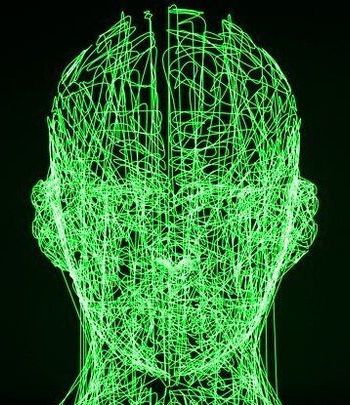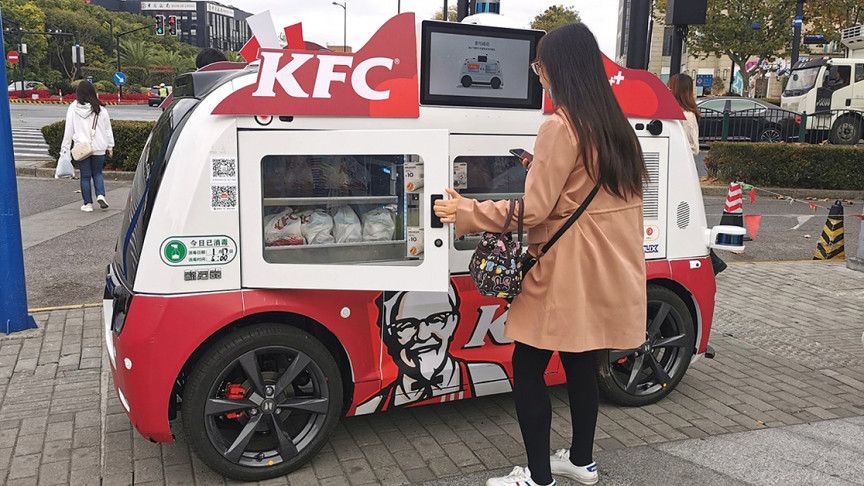In October, the Treaty on the Prohibition of Nuclear Weapons (TPNW) reached the 50 ratifications needed to become international law. Beatrice Fihn and Daniel Högsta look at how European governments can use the TPNW to advance nuclear disarmament.
Competition for scarce lunar resources may create flashpoints of conflict sooner rather than later, says new paper.
The technology listens to miaows and includes feline emotions like happy, sad or hungry.
No one-trick dragstrip pony, this—we bend it through 14 turns at Carolina Motorsports Park.
Antiviral medicines can keep any virus at bay.
Learn about VEKLURY® (remdesivir), a COVID-19 antiviral treatment. FDA approved. See Important Safety Information.
Recent technological advances have enabled the development of increasingly compact and flexible devices. This includes wearable or portable technology, such as smart watches, earphones or other smart accessories, which can assist human users in a variety of ways.
Researchers at University of California, Los Angeles (UCLA) have recently devised a strategy that could enable the fabrication of portable, compact and flexible electrocaloric cooling devices. This strategy, outlined in a paper published in Nature Energy, is based on a four-layer cascade mechanism that enables a significant temperature lift in a user’s surroundings.
“Our research started more than five years ago, when we were funded by ARPA-E, an agency of the U.S. department of energy, to solve a key cooling need: to maintain sufficient personal thermal comfort while reducing the HVAC energy consumption for offices and buildings,” Qibing Pei, one of the researchers who carried out the study, told TechXplore. “Our key goal was to create a wearable cooler.”
Artificial intelligence is being developed that can analyze whether it’s own decision or prediction is reliable.
…An AI that is aware/determine or analyze it’s own weaknesses. Basically, it should help doctors or passengers of the AI know quickly the risk involved.
How might The Terminator have played out if Skynet had decided it probably wasn’t responsible enough to hold the keys to the entire US nuclear arsenal? As it turns out, scientists may just have saved us from such a future AI-led apocalypse, by creating neural networks that know when they’re untrustworthy.
These deep learning neural networks are designed to mimic the human brain by weighing up a multitude of factors in balance with each other, spotting patterns in masses of data that humans don’t have the capacity to analyse.
While Skynet might still be some way off, AI is already making decisions in fields that affect human lives like autonomous driving and medical diagnosis, and that means it’s vital that they’re as accurate as possible. To help towards this goal, this newly created neural network system can generate its confidence level as well as its predictions.
😃 KFC now has self driving 5G trucks? 😃
Autonomous 5G vehicles are getting more popular and closer to your neighborhood… Read about KFC’s trucks here.

